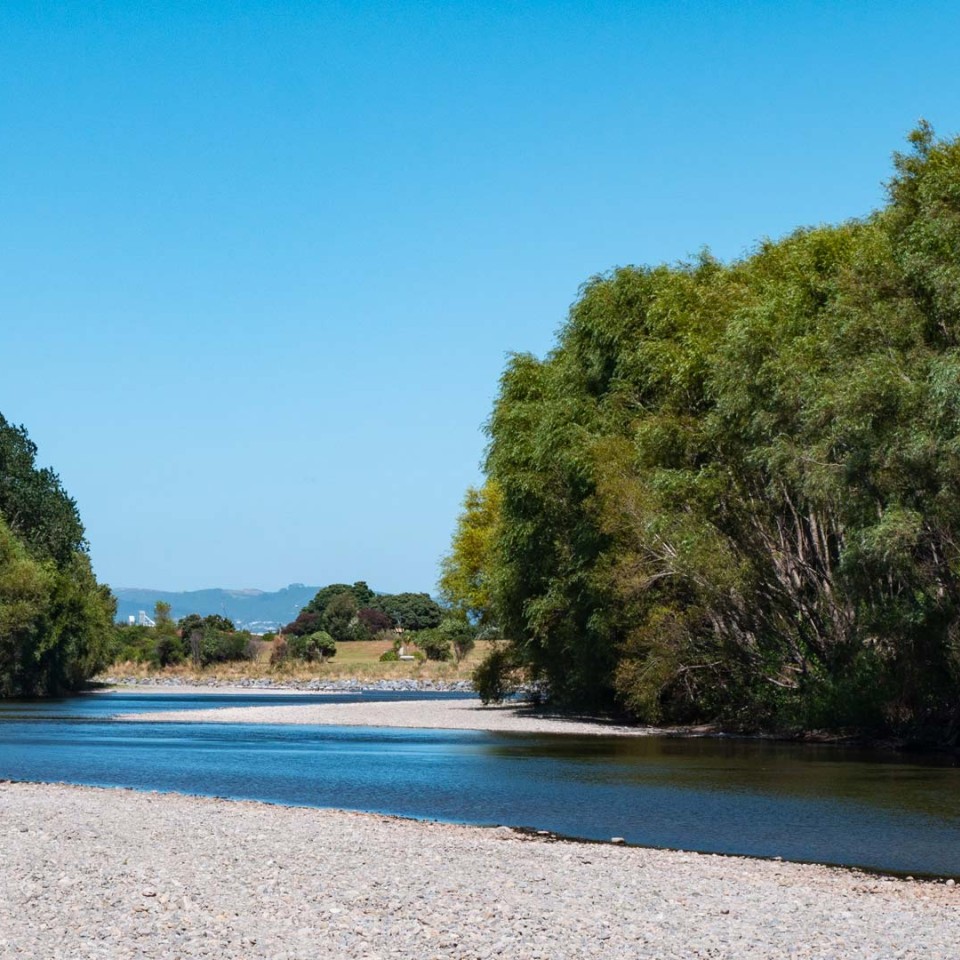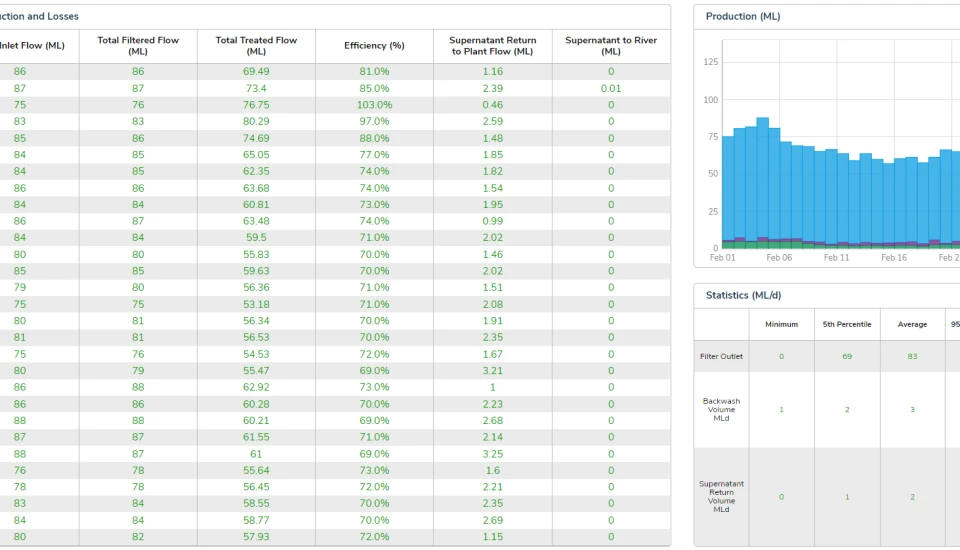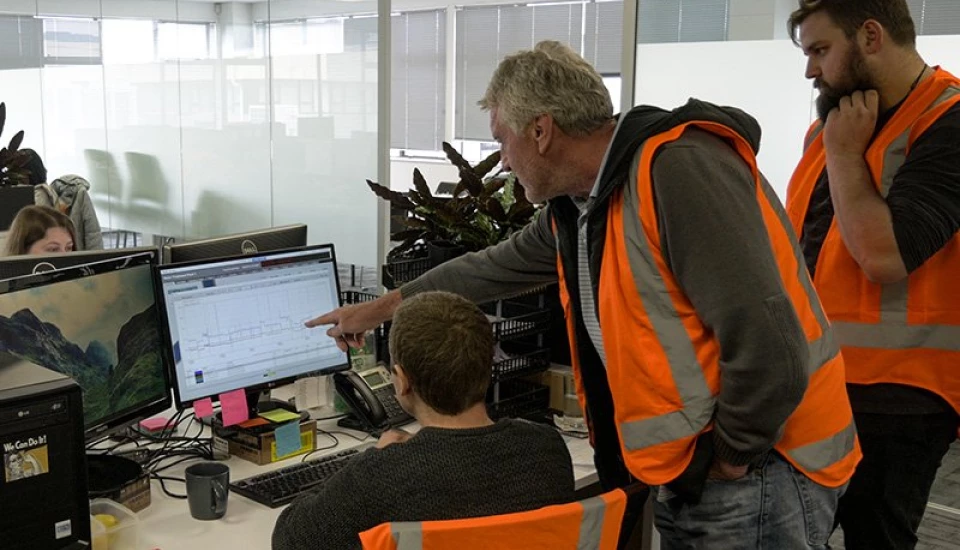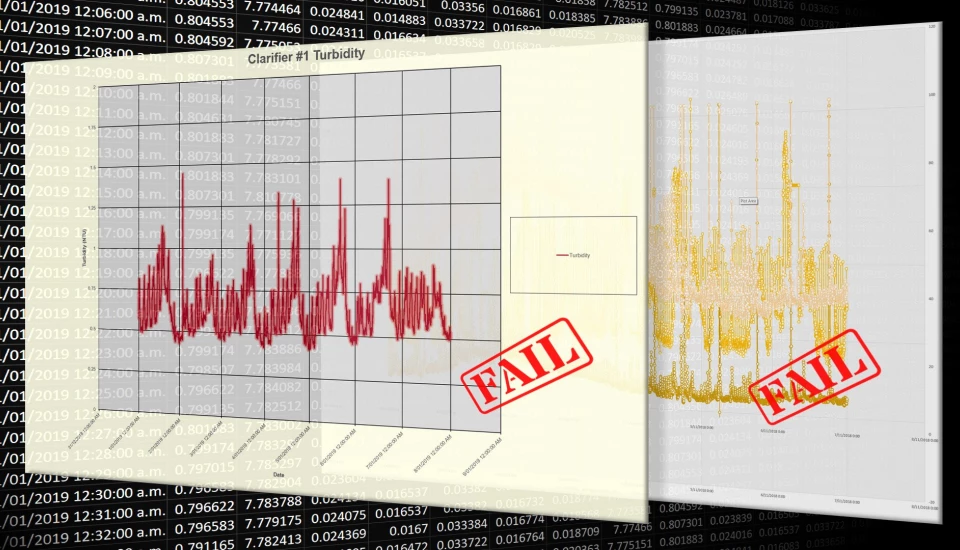The recent hot spell in New Zealand and Australia put a lot of water supply systems under pressure. Knowing what the demand will be for the current day and for the next 7 days allows for proactive management of supplies, water restrictions and consents. Learn how to predict summer demand.

Step 1 - Data Preparation
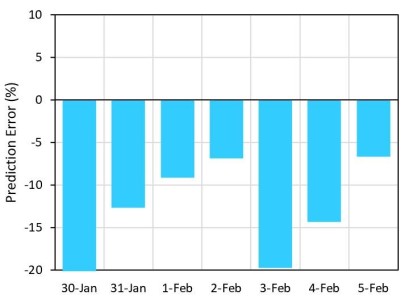
Step 2 - Artificial Neural Net (ANN) model development
Step 3 - Implementation
Conclusion

